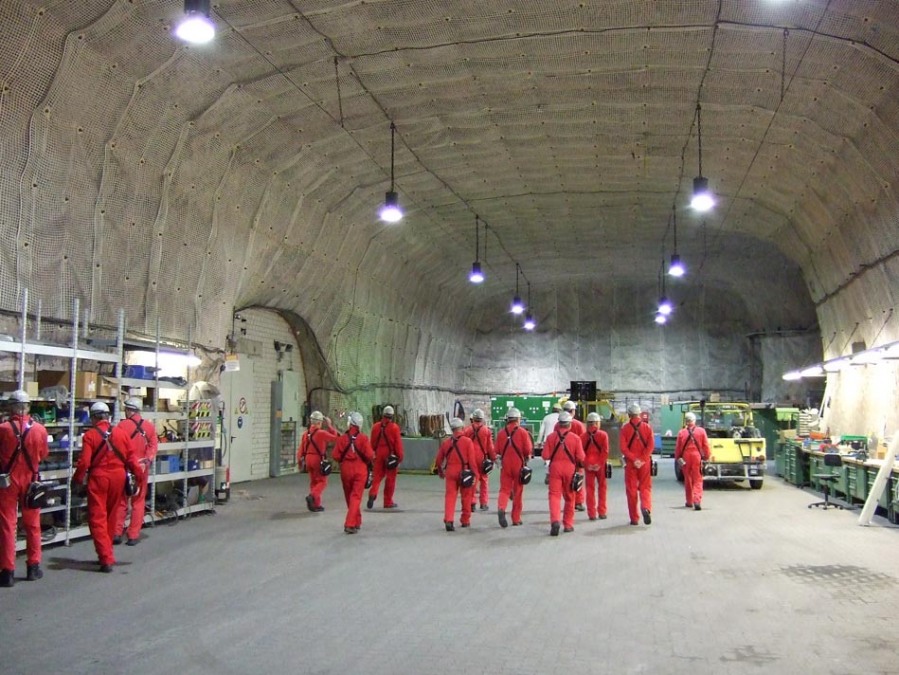While the United States has been struggling with the Yucca Mountain site for nuclear waste disposal, other countries have been operating or planning repositories.
Sweden has been operating a repository since 1988. Finland has one that has been in operation since 1992 and another that opened in 1998. Germany operated one that closed in 1995 and another that closed in 1998. The US has been operating a repository for transuranic wastes since 1999.
There are repositories under construction in Finland, Germany and Korea. Repository projects are being discussed in Argentina, Belgium, Canada, China, Japan, and the United Kingdom. Germany has a proposed repository on hold, France and Switzerland are working on siting repositories and the United States has cancelled the only major repository for spent nuclear fuel that was being worked on.
Radioactive waste was placed in the Asse II repository, a old salt mine in Germany between 1967 and 1978. The repository was officially closed in 1995. In 2008, it was reported that brine contaminated with cesium-137, plutonium and strontium had been leaking from the mine since 1988. This highlights one of the greatest worries about underground storage of nuclear wastes; contamination of the ground water around the repository.
The other closed repository in Germany is the Morsleben repository in the Bartensleben rock salt mine that accepted waste from 1972 to 1998. The salt dome is collapsing and almost half a million cubic meters of concrete has been pumped into the pit to stabilize it temporarily. This highlights another great concern about underground repositories; geological stability of the geology around the repository.
There was discussion of creating an international nuclear waste repository in Australia but the public backlash was so severe and long that the project was cancelled. The debate over the use of nuclear power and the disposal of nuclear waste arouses strong passions on both side of the issue. In Germany, where there is strong nuclear opposition, the recent disaster at Fukushima has generated such a public outcry that Germany has announced that it will phase out nuclear power generation completely. This is third great problem with geological repositories. While many people approve of the concept of underground spent nuclear fuel repositories in the abstract a lot fewer want one in their neighborhood.
Of all the alternatives suggested for disposal of spent nuclear fuel, the deep geological repositories would seem to be the simplest and most easily manageable. The technical issues can certainly be addressed. Geological science can find places where the ground water will not be threatened and where the geology is stable. The biggest problem is not technical but political. The recent Fukushima disaster has caused a world-wide cooling of public enthusiasm. Given that the temporary storage for the world’s spent nuclear fuel may be completely full within five years, solution of both the technical and political problems around permanent disposal of spent nuclear waste must be answered as soon as possible.
Asse II salt mine in Germany:
